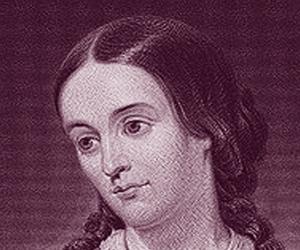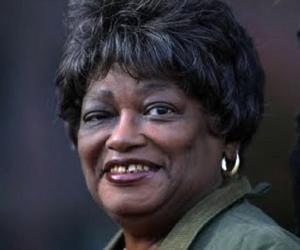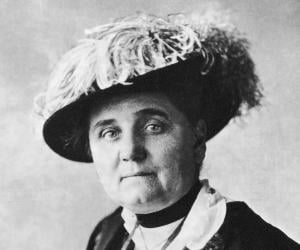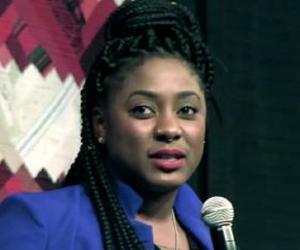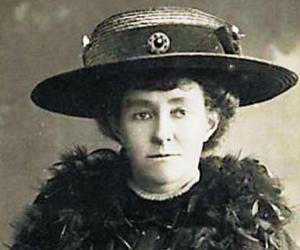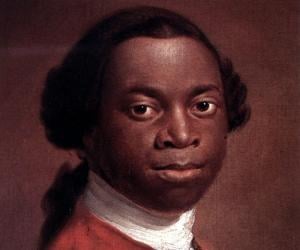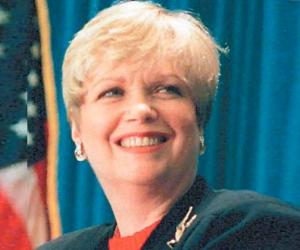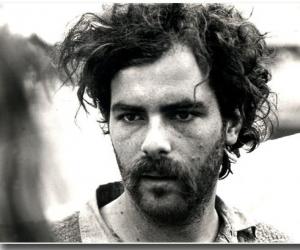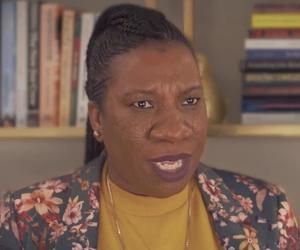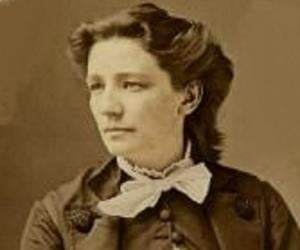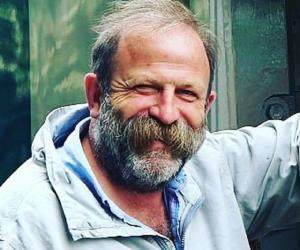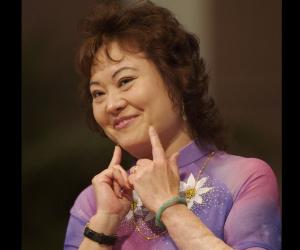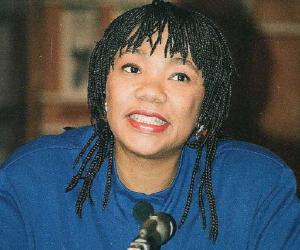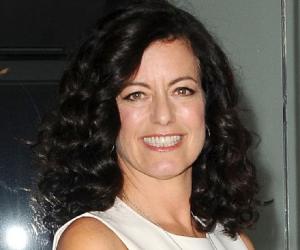Childhood & Early Life
Sarah Margaret Fuller was born to Timothy Fuller and Margaret Crane Fuller in Cambridgeport, Massachusetts. By the time she turned three, her father began teaching her to read and write.
Her father gave her an education similar to what boys received during that time. She attended several schools and became well versed in German, Italian, and Latin.
In 1819, she was enrolled in the Port School in Cambridgeport and later she went on to attend the Boston Lyceum for Young Ladies. She also attended the School for Young Ladies in Groton.
Career
In November 1834, her first piece of writing, which was a riposte to historian George Bancroft, was published in ‘The North American Review’, which was one of the first literary magazines of the U.S.A.
In June 1835, she authored one of her first literary reviews for the periodical, ‘Western Messenger’. She wrote critical reviews on the biographies of renowned personalities George Crabbe and Hannah More.
In 1835, her father died—this was an incident that deeply affected her and caused great financial crisis in her family. In order to provide for her family, she took up a teaching job at the Bronson Alcott’s Temple School.
In April 1837, she was appointed to teach under journalist and educator, Hiram Fuller, at the Greene Street School, Rhode Island. She was given a very high salary of $1000 annually.
In 1839, she met a group of women in Boston, with whom she engaged in discussions on topics like literature, history, fine arts and the need for education. Women involved in the women’s right movement also attended these gatherings.
On October 20, 1839, she became the editor of the journal, ‘The Dial’, where she worked until 1842. Her involvement with the periodical gave her recognition as an important figure of the transcendental movement.
In 1844, she wrote the book, ‘Summer on the Lakes’ based on her experiences with Native Americans, Ottawa tribes and Chippewa tribes in Chicago, Milwaukee, Niagara Falls, and Buffalo, New York.
In the autumn of 1844, she relocated to New York and took up a job as a literary critic with Horace Greeley’s ‘New York Tribune’. She later became one of the first female editors of the publication. She worked with the newspaper for four years and produced over 250 columns.
In 1845, her book titled, ‘Woman in the Nineteenth Century’ was published. This piece of writing was originally published in the magazine, ‘The Dial’, before it was made into a book form.
In 1846, she became one of the first foreign female correspondents of the ‘New York Tribune’ and traveled on assignments to various parts of England and Europe. She provided 37 reports in four years for the publication.
She was an early feminist who believed that women should be given equal rights as men. She advocated women’s education and the right of women to choose any profession they wanted instead of selecting only “feminine” professions like teaching or nursing.
Personal Life & Legacy
Around 1846, she was introduced to Giovanni Angelo Ossoli, an Italian revolutionary and marquis. She later lived with him in Florence, Italy and though there is no evidence that they were married, they had a child together.
She died at the age of 40 in a shipwreck around the Fire Island, New York. Her body was not recovered from the site.


